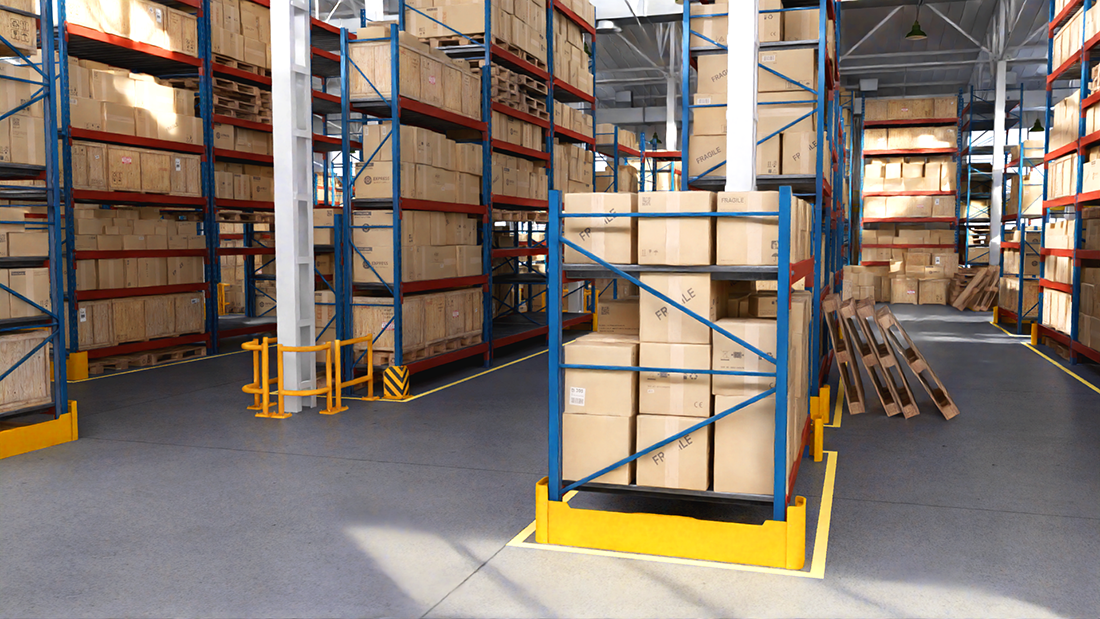SimReady Overview#
Digital Twins are increasingly popular for simulating industrial environments before large-scale changes are made. This includes factory, datacenter and warehouse designs, and training robots and autonomous vehicles using AI. It is crucial to create 3D assets for these simulators that represent their real-world counterparts as closely as possible to achieve high accuracy in the data collected through a simulation.

However, it is not enough just to have 3D assets that are visually accurate. Simulation platforms, such as Omniverse, can leverage additional model information and metadata to make that content far more useful for research and training of a particular product or ecosystem. In order to achieve this level of fidelity from both a visual and simulation perspective, NVIDIA is working to create a new 3D standard specification called SimReady.
At a fundamental level, you can think of SimReady assets as building blocks for industrial virtual worlds. SimReady assets are supposed to be more than just visual 3D objects. They are built on top of the Universal Scene Description platform (OpenUSD) and are designed to be modular to take advantage of the flexibility that the USD framework provides. SimReady assets include modular capabilities like semantic labeling, dense captions, non-visual sensor attributes and physical properties based on USDPhysics so that they can be used within multiple simulation environments.
The following guides will provide you with some best practices for 3D asset creation so you understand how to create SimReady assets consistently. The preliminary SimReady specification will help explain how an individual asset is composed and it will also give you an understanding of the kinds of machine learning benefits these assets can currently provide within your simulations.